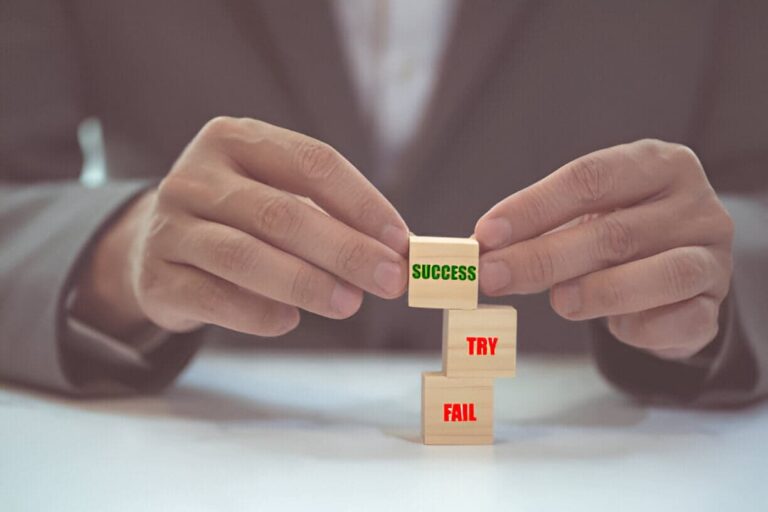In the ever-evolving landscape of modern business, the challenge of balancing operational efficiency with innovation has become increasingly critical. Leaders must navigate the complexities of optimizing existing processes while fostering an environment that encourages creativity and new ideas. Vinay Mehra, an accomplished business leader based in Boston, Massachusetts, has mastered this delicate balance through strategic approaches that have yielded significant success in his ventures. This article outlines Vinay Mehra’s key strategies for achieving operational efficiency without stifling innovation, drawing insights from his experiences in cities like Newton and Cambridge.
Understanding Operational Efficiency and Innovation
Before delving into strategies, it’s essential to define what operational efficiency and innovation mean within the context of business. Operational efficiency refers to the ability to deliver products or services to customers in the most cost-effective manner possible, maximizing resources while minimizing waste. On the other hand, innovation involves developing new ideas, products, or processes that create value and drive growth.
Mehra recognizes that while operational efficiency is crucial for a company’s survival, innovation is vital for long-term success. Thus, finding the right balance between the two can be the key to sustained growth and competitiveness.
Establishing a Culture of Open Communication
At the core of Mehra’s approach is the belief that open communication is essential for harmonizing operational efficiency with innovation. He advocates for creating an organizational culture that encourages employees to share ideas and feedback freely.
In his Boston office, Mehra promotes regular meetings where team members can discuss ongoing projects and suggest improvements. This openness helps identify inefficiencies in current processes while simultaneously allowing innovative ideas to flourish. Employees feel valued and empowered, leading to a more motivated workforce committed to both efficiency and creativity.
Leveraging Technology for Efficiency
Vinay Mehra emphasizes the importance of leveraging technology to streamline operations while creating room for innovation. By implementing advanced tools and software, organizations can automate repetitive tasks, reduce human error, and free up valuable resources.
In Newton, Mehra has successfully integrated technology solutions that optimize workflow management and project tracking. These systems not only enhance operational efficiency but also provide employees with the time and flexibility to focus on innovative projects that drive the organization forward. He believes that technology should serve as an enabler rather than a barrier to creativity.
Implementing Agile Methodologies
Another strategy that Mehra employs is the adoption of agile methodologies. Agile practices, commonly used in software development, emphasize iterative progress, collaboration, and flexibility. By applying these principles to various business functions, organizations can respond swiftly to changing market demands and foster innovation.
Mehra encourages his teams in Cambridge to adopt agile practices, enabling them to work in smaller, cross-functional groups that can experiment with new ideas while maintaining a focus on efficiency. This structure allows for rapid testing and feedback, which is essential for driving innovation without sacrificing operational effectiveness.
Setting Clear Goals and Metrics
Vinay Mehra believes that setting clear goals and metrics is vital for maintaining a balance between operational efficiency and innovation. By establishing specific objectives, organizations can track progress in both areas and ensure alignment with overall business strategies.
In his leadership practice, Mehra emphasizes the importance of key performance indicators (KPIs) that reflect both efficiency and innovation. For instance, while a KPI may track cost savings from streamlined operations, another could measure the number of new ideas generated by employees. This dual focus ensures that teams remain accountable for both aspects of the business.
Encouraging Experimentation and Risk-Taking
Fostering a culture of experimentation is a critical element of Mehra’s strategy for balancing efficiency with innovation. He believes that organizations must encourage employees to take calculated risks and explore new ideas without fear of failure.
In his office in Boston, Mehra promotes initiatives like “innovation sprints,” where teams are given dedicated time to brainstorm and test new concepts. This approach not only sparks creativity but also enables the organization to identify potentially valuable innovations that can enhance operational efficiency.
Streamlining Processes While Allowing Flexibility
Vinay Mehra emphasizes the need to streamline processes to enhance efficiency while also allowing flexibility for innovation. He understands that rigid structures can stifle creativity and prevent employees from exploring new ideas.
In Newton, Mehra has implemented a process review system that identifies bottlenecks and inefficiencies while simultaneously allowing teams the freedom to experiment with new approaches. This flexibility enables employees to suggest improvements to existing processes, fostering a culture of continuous enhancement and innovation.
Investing in Employee Development
Mehra recognizes that a well-trained and knowledgeable workforce is essential for achieving operational efficiency and fostering innovation. He advocates for investing in employee development through ongoing training and skill enhancement programs.
In Cambridge, Mehra has initiated professional development workshops focused on both operational excellence and creative thinking. By equipping employees with the necessary skills and knowledge, organizations can enhance their operational capabilities while also nurturing innovative ideas that drive growth.
Collaborating with External Partners
Vinay Mehra understands that collaboration can be a powerful tool for balancing operational efficiency with innovation. He encourages organizations to seek partnerships with external entities, such as startups or research institutions, to leverage new ideas and technologies.
In his role, Mehra actively seeks collaborations that enhance operational processes and drive innovation. By tapping into external expertise, organizations can benefit from fresh perspectives and innovative solutions while maintaining a focus on efficiency.
Measuring Success and Adapting
Finally, Mehra emphasizes the importance of measuring success and being willing to adapt strategies as needed. Continuous evaluation of both operational efficiency and innovation efforts allows organizations to identify areas for improvement and make informed decisions.
In his leadership approach, Mehra establishes regular review cycles to assess progress against established goals and metrics. This adaptability ensures that the organization remains responsive to changing market conditions while continuing to foster a culture of innovation.
Conclusion
Balancing operational efficiency with innovation is a complex yet vital task for today’s business leaders. Vinay Mehra’s strategic approaches, rooted in open communication, technology integration, agile methodologies, and a focus on employee development, provide a roadmap for achieving this balance. By creating an organizational culture that values both efficiency and creativity, leaders can position their organizations for sustained success in an ever-changing business landscape. Through his experiences in Boston, Massachusetts, and insights drawn from Newton and Cambridge, Mehra exemplifies how effective leadership can drive both operational excellence and innovative thinking, ultimately leading to long-term growth and prosperity.




